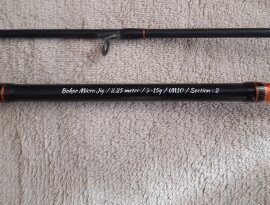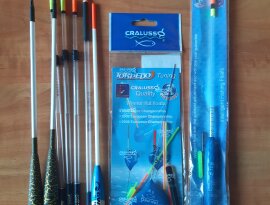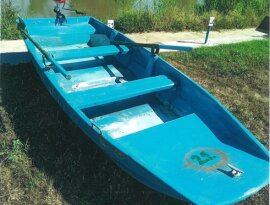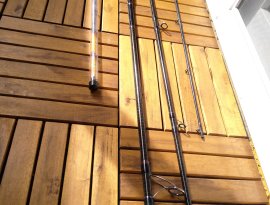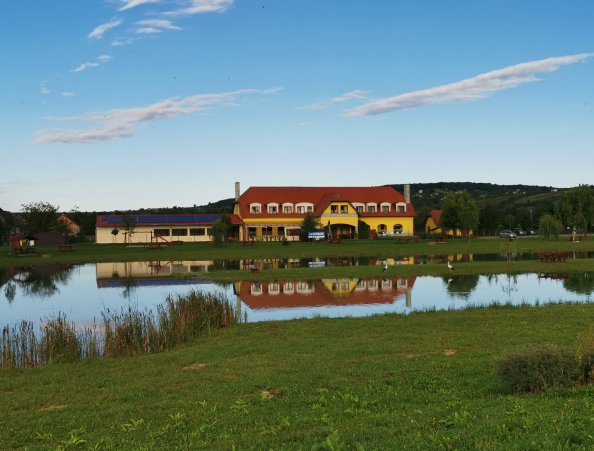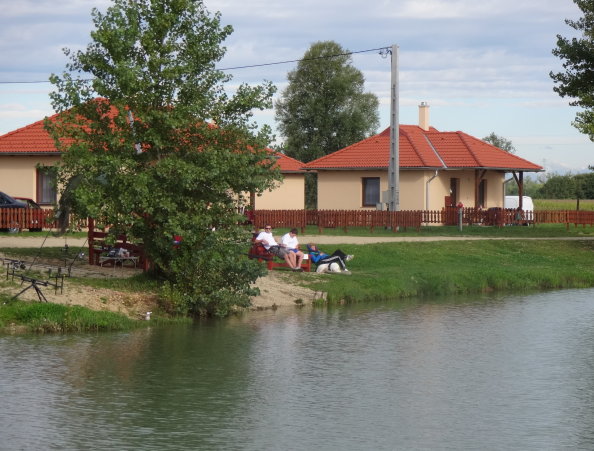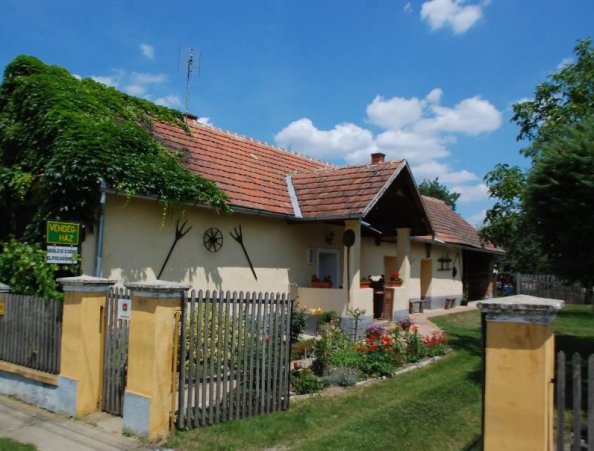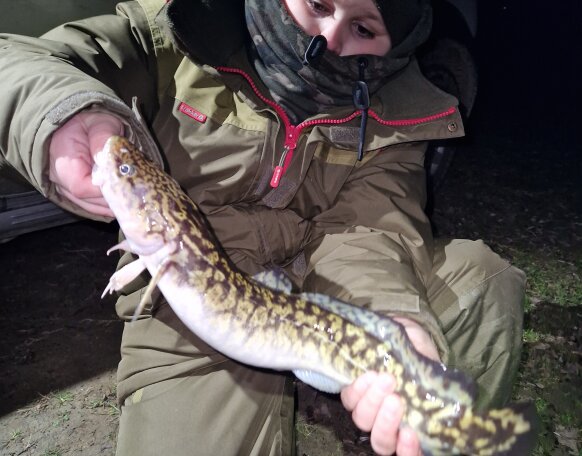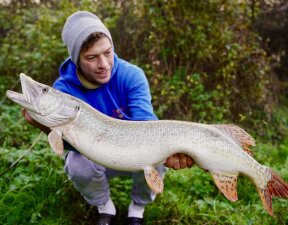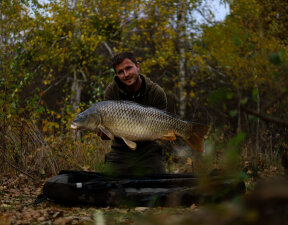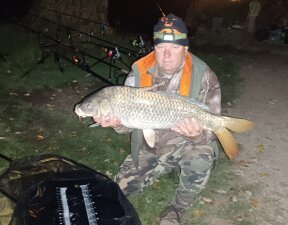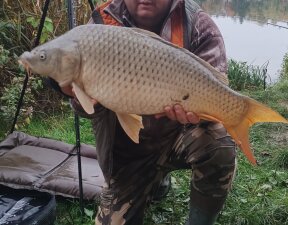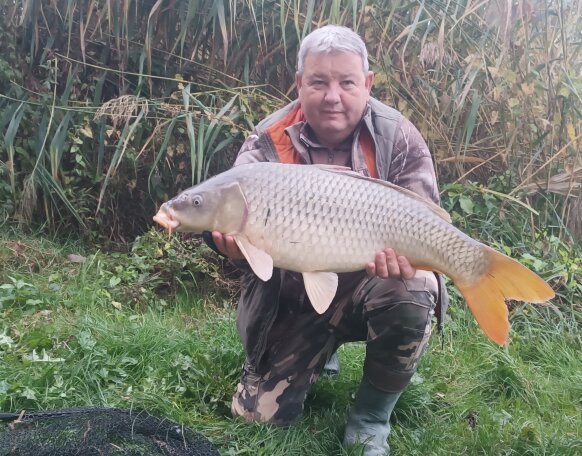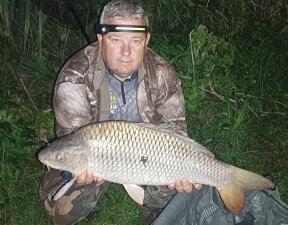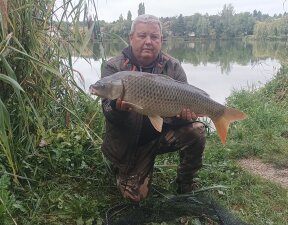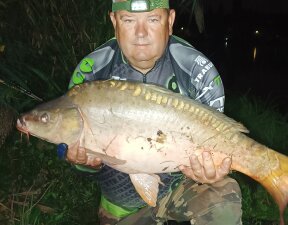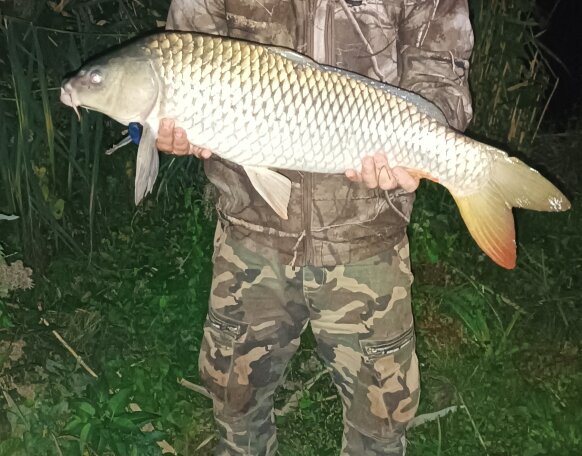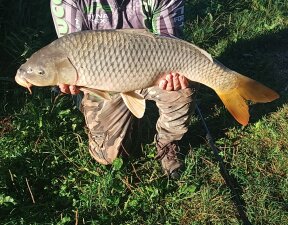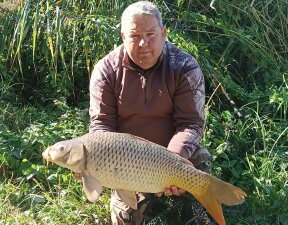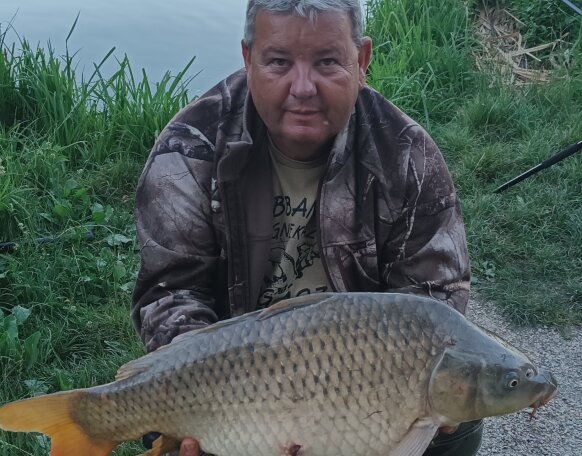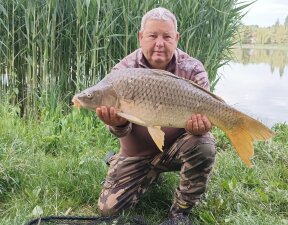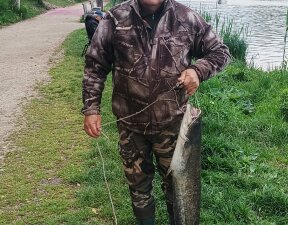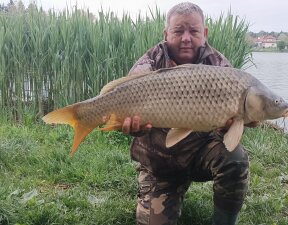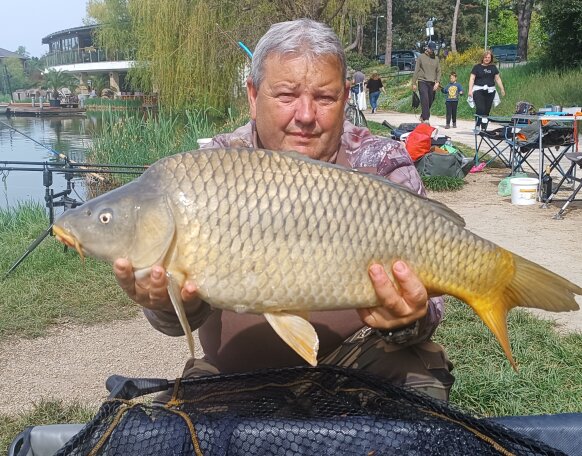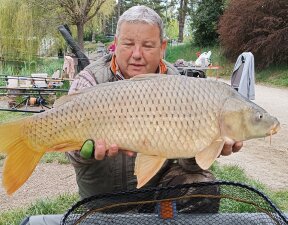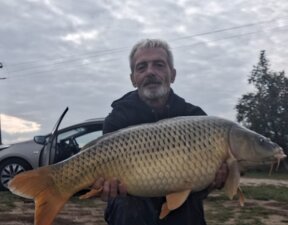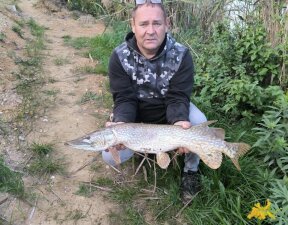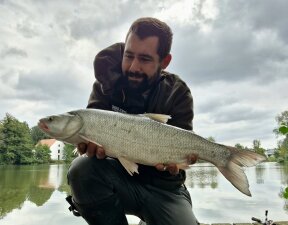Voting for "Fish of the Year" in 2024
This is the 15th time that the "Fish of the Year" has been chosen. The presidency of the Hungarian Haltani Társaság nominated three candidates again this year: the garda (Pelecus cultratus), the murre (Misgurnus fossilis) and the flat sedge (Ballerus ballerus). Nature lovers and fish lovers can choose from these three species of fish native to our country.

Garda – Pelecus cultratus (Linnaeus, 1758)
The garda is elongated, strongly flattened on the sides, and has a silvery sheen. Relatively large, up to 30-40, some specimens can reach a body length of up to 50 cm. Its characteristic is that its head is relatively small and its eyes are particularly large. Its mouth is set high, as juveniles it feeds mainly on planktonic organisms, and as an adult it feeds on insects and small fish that fall to the surface of the water. Its dorsal fin is characteristic, which is very small and short, and is also located on the tail shaft, and its pectoral fin is particularly long, usually reaching beyond the base of the dorsal fin. Its specific side line, which is curvy and follows the bulge of the belly, is also worth mentioning. In terms of its distribution and preferred environment, it can be said that it is basically a migratory fish that feels at home in both sea and fresh water, whose domestic populations have already fully adapted to fresh water.
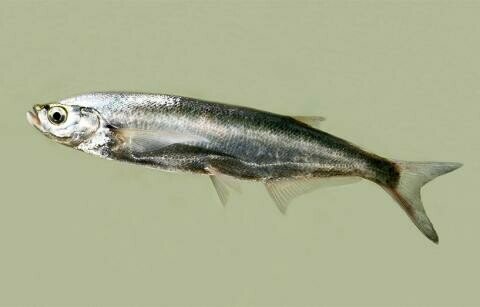
Its area of distribution is the Black Sea and its surroundings. In our country, it can be found mostly in the murky zone of rivers with plenty of water (e.g. Danube, Rába, Ipoly, Dráva, Tisza, Bodrog) and in our larger lakes (Balaton). It spawns in groups around March-May, and its specialty is that its eggs float freely in the water. In our country, it is often referred to colloquially as "seen fish", which catchy name comes from the fact that during the fall, the guards fought in gangs in the Tihany Strait, which phenomenon was observed by a member of the "fishing bush" from the mountains near the water, and when the "hiker" recognized the guard swarm used signals to guide the other members of the "fishing bush" in scouting the guard swarm. The fishing importance of the garda is very small, its meat is stringy, but it has a distinctly delicious taste, its importance has further decreased in the last two decades, but before that it served as a "bread fish" for the people of Tihany. The domestic fishing record is 1.05 kg.
Reticule - Misgurnus fossilis (Linnaeus, 1758)
Our fish has a long, elongated body and is less flattened from the sides. Its head and eyes are small, its nose is long and conical, rounded at the end. His mouth is small and low, with a total of 10 whiskers on his lips. Its tiny scales are barely noticeable, its back is dark brown, and there are longitudinal stripes on its sides, of which the middle one is brown, and the ones above and below it are ocher yellow. It is the largest striped shy, its body length can exceed 30 centimeters. It is a typical fish of swamps that dry out during droughts, but it occurs in shallow lakes, old backwaters and muddy canals, as well as in tidal pits of larger rivers, but it is rarely found in the main riverbed.
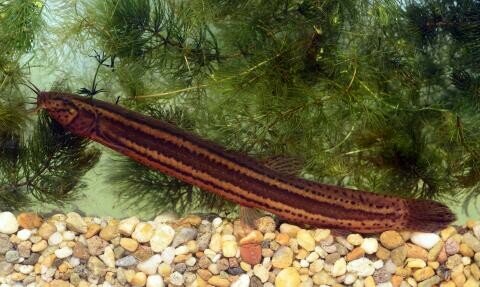
The external gill tufts of the larvae and the intestinal respiration of older fish enable them to tolerate oxygen-poor conditions. It feeds on small benthic animals, but also eats various plant parts and organic debris. Before water regulation, it was so common in our country that a separate branch of fishing, striper fishing, dealt with the catching and selling of the walleye that live en masse in the marshes. With the eradication of the large marshes, the domestic population decreased, and in view of this, it is protected, with a conservation value of HUF 10,000. It was also previously considered a weather forecaster, as it senses the approach of a storm with a change in air pressure, and its movement quickens, and it often swims to the surface for air.
Ballerus ballerus (Linnaeus, 1758)
A shy carp with an elongated body shape, a low back, and a strongly flattened body from the sides, which got its name from its unique body shape among domestic bream. It is distinguished from its closest relative, the owl bream (Ballerus sapa), by the smaller size of its eyes and slightly higher mouth. Compared to our other bream species, its long tail fin is also an important distinguishing feature. Its color is shiny silvery, and the size of its scales decreases as it moves up the body. Its body size is up to 35 centimeters, but smaller specimens are more typical.

In terms of habitat, it mainly prefers the riparian zone of larger rivers, so it can be found in both the Danube and Tisza water systems, but it does not necessarily require continuous water flow. Stocks adapted to stagnant water can also be found in Lake Balaton. In terms of food, it is a plankton eater, feeding mainly in the upper water layers, so it is only a rare guest in the fishing catch, and it is not often fished for. In addition to plankton organisms, it also eats insects, algae and organic debris that have fallen to the surface of the water. Its spawning period lasts from April to June, when the spawning female lays 20,000 to 70,000 eggs on aquatic vegetation or on the rocky and gravelly substrate. Its meat, like other sea bream fillets, has a good taste, but is stringy. The official domestic fishing record is 1 kg.
You can cast your votes by clicking here until 12:00 noon on December 31, 2023.
Source: Hungarian Mortuary Society



